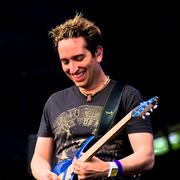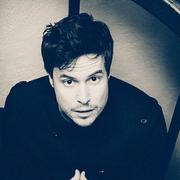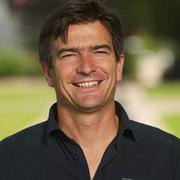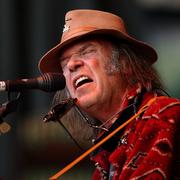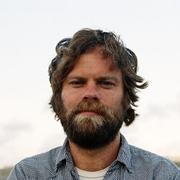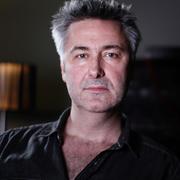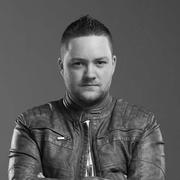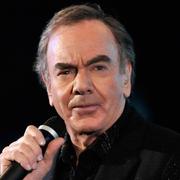Neil Halstead
| 基本信息 | |||
|---|---|---|---|
| 姓名 | Neil Halstead | 别名 | 暂无 |
| 国籍 | 英国 | 出生地 | |
| 语言 | 英语 | 性别 | 男 |
| 生日 | 1970-10-07 | 星座 | 天秤座 |
| 身高 | 体重 | ||
这位前Slowdive的成员进入4AD后再组了另类乡谣组合Mojave 3,在兼顾新乐队之余,又发表了首张个人专辑。唱片收录了Neil数年来写下的歌曲,而从总体上考虑不太适合Mojave 3,便由自己做独立发行。其中的歌曲在风格上延续了Mojave 3的乡谣曲风,但在编曲与配器上比Mojave 3要明朗和丰富。Dreamed I Saw Soldiers与Belle&Sebastian的轻快曲风如出一辙,当中的弦乐编排犹如虚无的旷野。最具突破性的作品是See You on Rooftops,Neil的吉它仿佛又回到了Slowdive时期,失真的效果将哀愁烘托成了幸福。
Since releasing some of the finest shoegaze singles and albums in the early '90s with his band Slowdive, Neil Halstead has slowly become one of Britain's most respected songwriters. While Slowdive had more to do with sounds that songs, the transition that band made into Mojave 3 in the mid-'90s allowed Halstead to further emulate the largely late '60s-based folk-rock songwriters with whom he had become enamored. Along the way, Halstead has done something of a tightrope act by earning comparisons to those figures without being accused of mere mimicry or tiresome revivalism.
At some point shortly after the release of Mojave 3's third album, 2000's Excuses for Travellers, Halstead found himself without normal living quarters (the result of a breakup) and he opted to hang his hat at a studio for a couple months. With several orphaned Mojave 3 songs kicking around, Halstead took advantage of his situation and record them alone for a possible solo record. He left the studio after finding an actual place of residence and periodically ducked back into the studio with a couple friends — including Mojave 3's Ian McCutcheon, longtime associate Mark Van Hoen (Locust), and Coley Park's Nick Holton — over the following year to finish things off. 2002's Sleeping on Roads was the result, which traded the oft-cited American touchstones (Bob Dylan, Neil Young) of Mojave 3 for English touchstones (Bert Jansch, Nick Drake). By the time 4AD released the record, Halstead already had designs for a second solo record and Mojave 3 were in the process of making their fourth LP.
Since releasing some of the finest shoegaze singles and albums in the early '90s with his band Slowdive, Neil Halstead has slowly become one of Britain's most respected songwriters. While Slowdive had more to do with sounds that songs, the transition that band made into Mojave 3 in the mid-'90s allowed Halstead to further emulate the largely late '60s-based folk-rock songwriters with whom he had become enamored. Along the way, Halstead has done something of a tightrope act by earning comparisons to those figures without being accused of mere mimicry or tiresome revivalism.
At some point shortly after the release of Mojave 3's third album, 2000's Excuses for Travellers, Halstead found himself without normal living quarters (the result of a breakup) and he opted to hang his hat at a studio for a couple months. With several orphaned Mojave 3 songs kicking around, Halstead took advantage of his situation and record them alone for a possible solo record. He left the studio after finding an actual place of residence and periodically ducked back into the studio with a couple friends — including Mojave 3's Ian McCutcheon, longtime associate Mark Van Hoen (Locust), and Coley Park's Nick Holton — over the following year to finish things off. 2002's Sleeping on Roads was the result, which traded the oft-cited American touchstones (Bob Dylan, Neil Young) of Mojave 3 for English touchstones (Bert Jansch, Nick Drake). By the time 4AD released the record, Halstead already had designs for a second solo record and Mojave 3 were in the process of making their fourth LP.
 加载评论内容,请稍等......
加载评论内容,请稍等......


